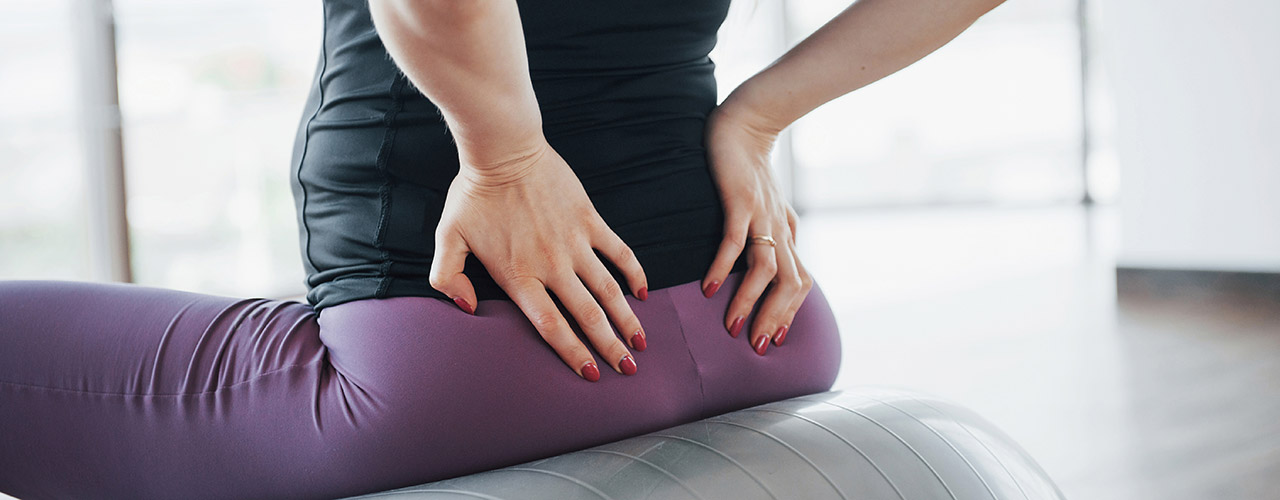Daily activities such as standing, walking, or sleeping can become excruciating because of hip pain and stiffness. The hip joint is a major weight-bearing joint of the body, providing stability and movement. But actions such as arthritis, injury, prolonged sitting, or muscle imbalance can lead to pain and restricted movement.
Whereas there will be some hip pain that dissolves with rest, persistent stiffness may require a more active remedy. An understanding of the causes and making small adjustments in everyday routines can maintain healthy hips and prevent long-term consequences.
Table Of Content
Common Causes of Hip Pain and Stiffness
1. Arthritis
Osteoarthritis: The gradual breakdown of cartilage in the joint leads to friction, stiffness, and pain.
Rheumatoid arthritis: An autoimmune condition that causes inflammation in the joints, including the hips, leading to chronic pain and reduced mobility.
2. Bursitis
- Inflammation of the bursae — the small fluid-filled sacs that cushion the bones, tendons, and muscles near the joint. Common in people who engage in repetitive hip movements or prolonged pressure on the joint.
3. Muscle Tightness & Weakness
Tight hip flexors from prolonged sitting can cause discomfort and limit mobility.
Weak glutes and core muscles reduce hip stability and put strain on other muscle groups.
4. Injuries or Overuse
- Sports, running, or impact can cause strains, sprains, or labral tears.
- Overuse injury can happen with repetitive hip movement sports like walking or cycling.
5. Poor Posture & Sedentary Lifestyles
- Prolonged sitting or incorrect posture can cause muscle imbalances and shorten key muscles, like the hip flexors, leading to joint misalignment and stiffness.
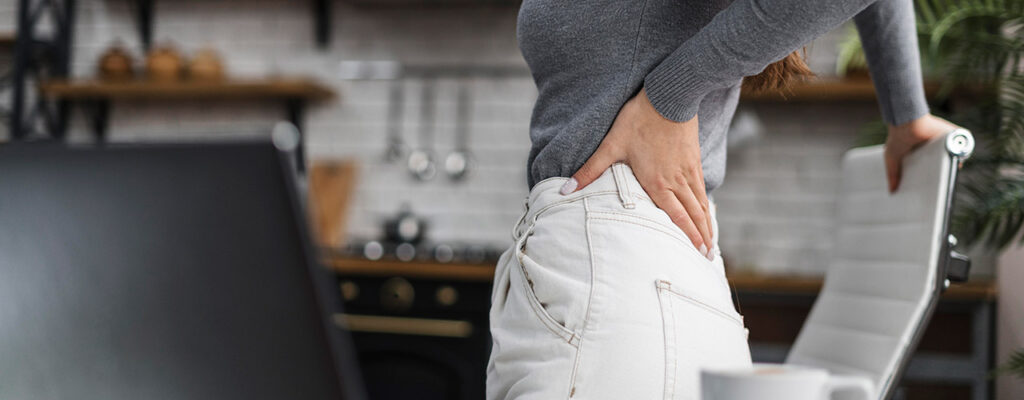
How to Relieve and Prevent Hip Pain
1. Stay Active with Gentle Movement
Movement is essential to keep the joints lubricated and prevent stiffness. Try:
- Walking to facilitate blood flow
- Swimming for low-weight-bearing exercise
- Yoga or stretching to release tight hip muscles
2. Strengthen Supporting Muscles
Strengthening glutes, core, and hip stabilizers enhances load distribution and reduces stress on the hip joint. Some of the exercises that are beneficial include:
- Glute bridges for lower back and hip stability
- Clamshells to strengthen hip abductors
- Hip flexor stretches to improve flexibility
3. Take Breaks from Prolonged Sitting
If you sit for long hours at work, try to:
- Stand up and stretch every 30-60 minutes
- Adjust your workstation for better posture and hip alignment
- Use a supportive chair or seat cushion if needed
4. Use Cold or Heat Therapy
- Ice packs (15–20 minutes) help with inflammation and acute pain.
- Heat therapy (warm compress or heating pad) can relax tight muscles.
5. Prioritize Joint-Friendly Movements
- If certain exercises or activities cause discomfort, modifying movement patterns can reduce stress on the hips while maintaining mobility. Simple adjustments, like wearing proper footwear or using cushioned support when sitting, can also make a difference.
When to Seek Professional Help
While most cases of hip stiffness are self-manageable, persistent or increasing pain may indicate an underlying condition that should be treated. If hip pain is limiting activity, it may be helpful to consult with a physiotherapist for guidance on movement strategies, strengthening exercises, or other individualized measures to maintain mobility and prevent further distress.
By making small, thoughtful changes in daily activities, one can have strong, flexible, pain-free hips—enabling greater ease of movement and overall well-being.

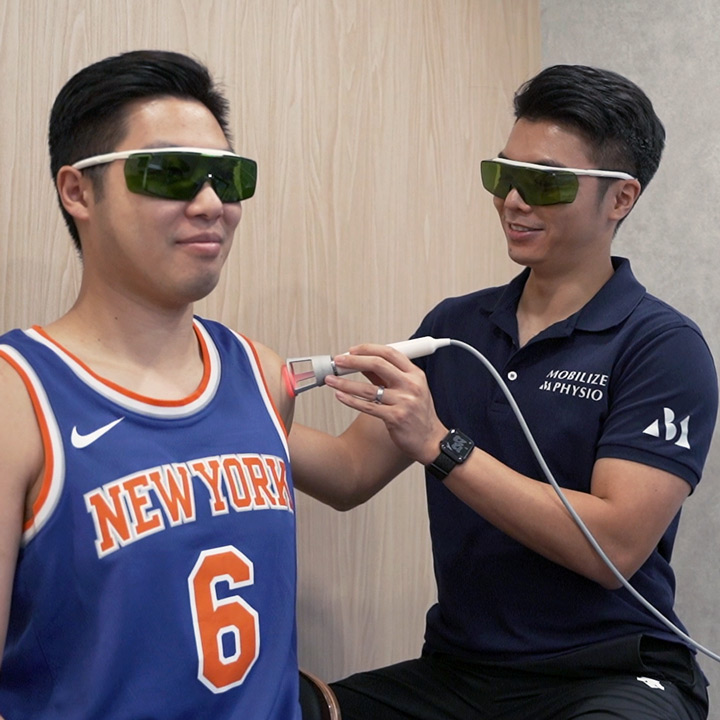
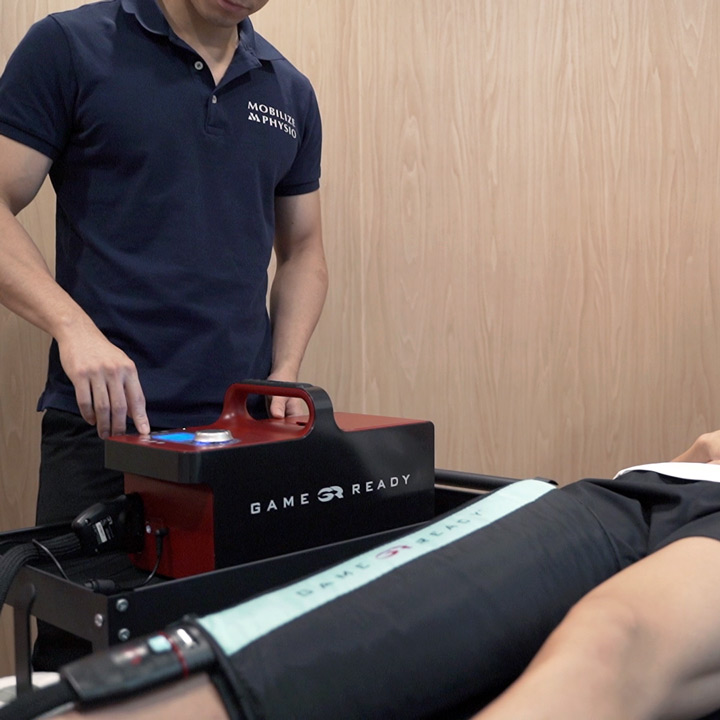
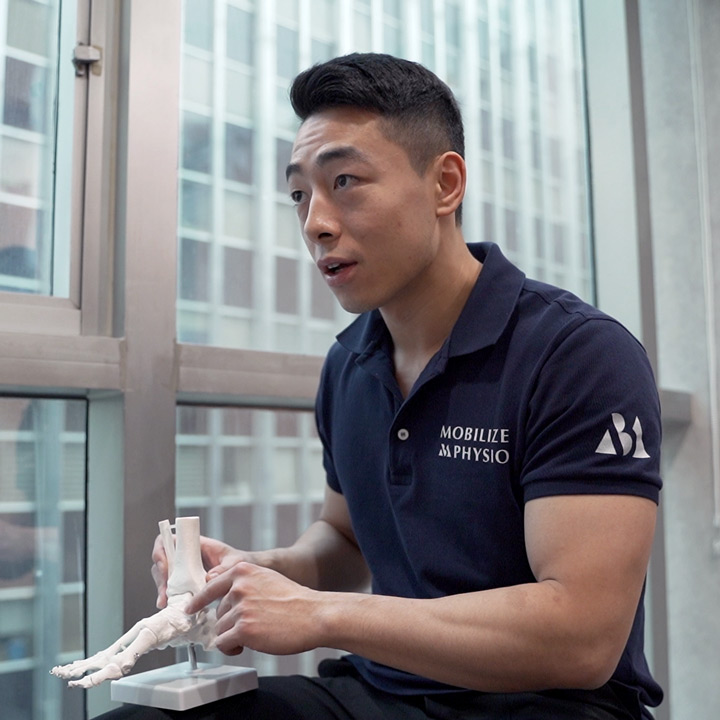
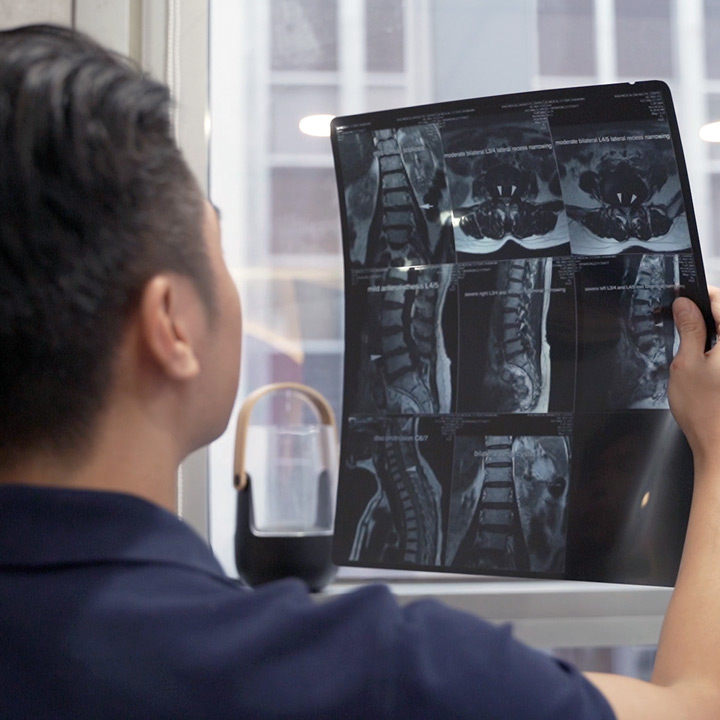
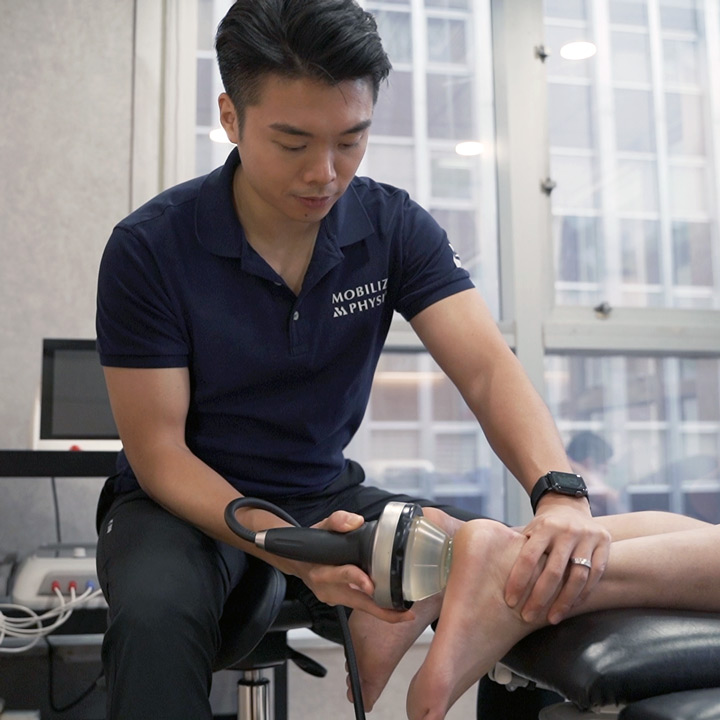
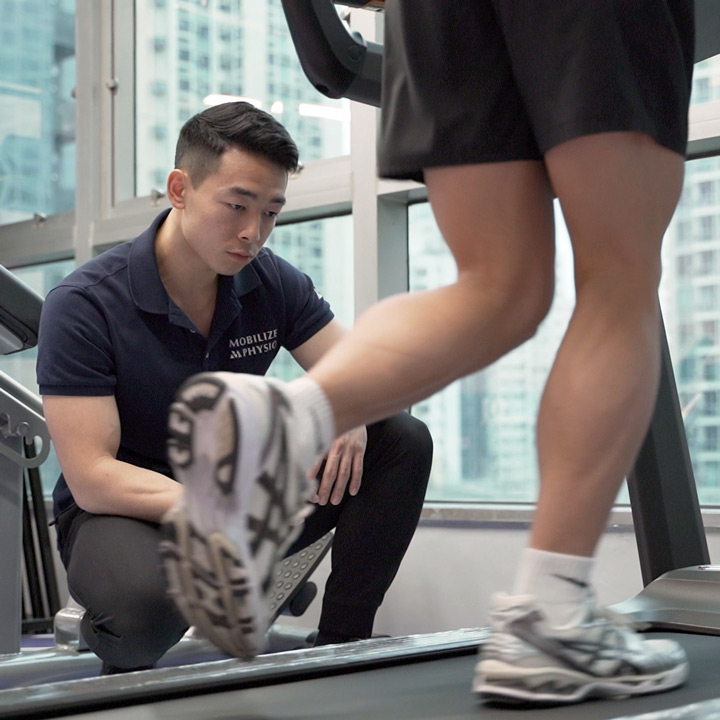
Physiotherapy Service
Mobilize Physio is a physiotherapy center located in Hong Kong. Our team of professional physiotherapists provides high-quality, evidence-based pain treatment. Our services include sports injury treatment, pain management, post-surgery rehabilitation, and posture and body alignment correction.
Every patient is unique, and we believe that every treatment plan should be customized accordingly. Therefore, we focus on one-on-one service to ensure that each patient receives personalized attention and specialized care. Contact us today to learn more about our physiotherapy services.
Latest Blog Posts

Why Pre and Post-Operative Physiotherapy is Essential for Recovery?
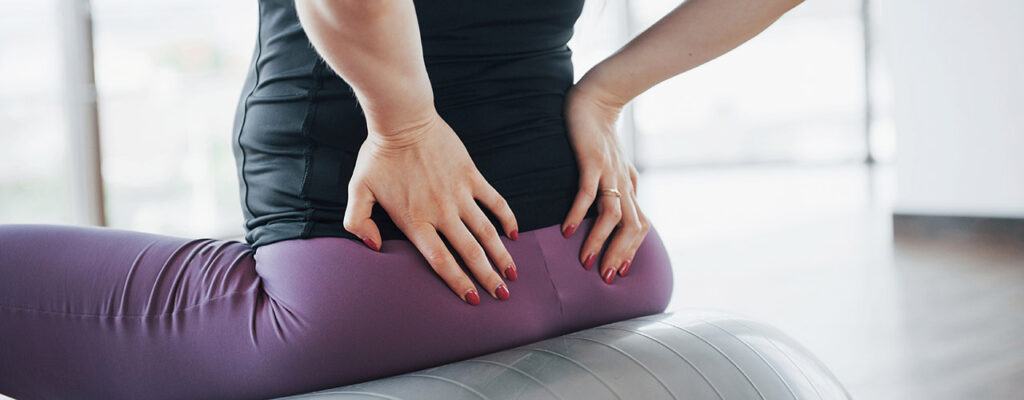
Tips to Reduce Hip Joint Pain and Stiffness

Pain in the Butt: Why It’s Probably Not Piriformis Syndrome
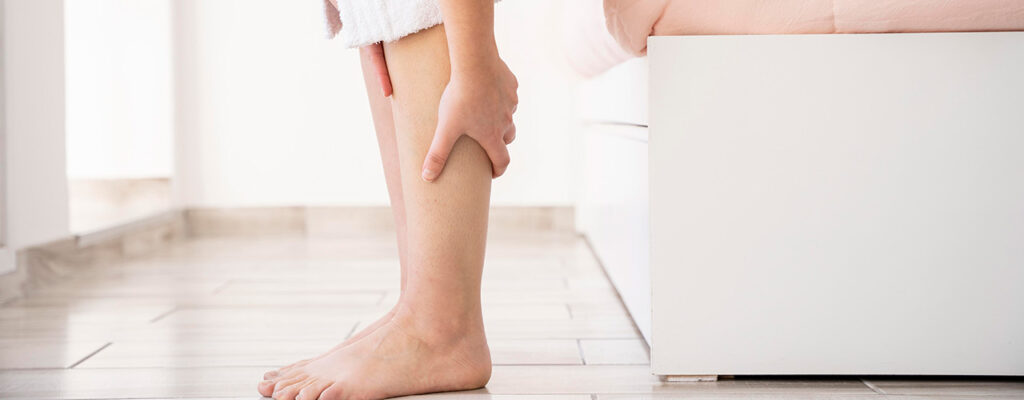
Standing All Day at Work? 7 Tips to Reduce Your Risk of Varicose Veins

Mobility Enhancement for Older Adults: The Key to Healthy Aging
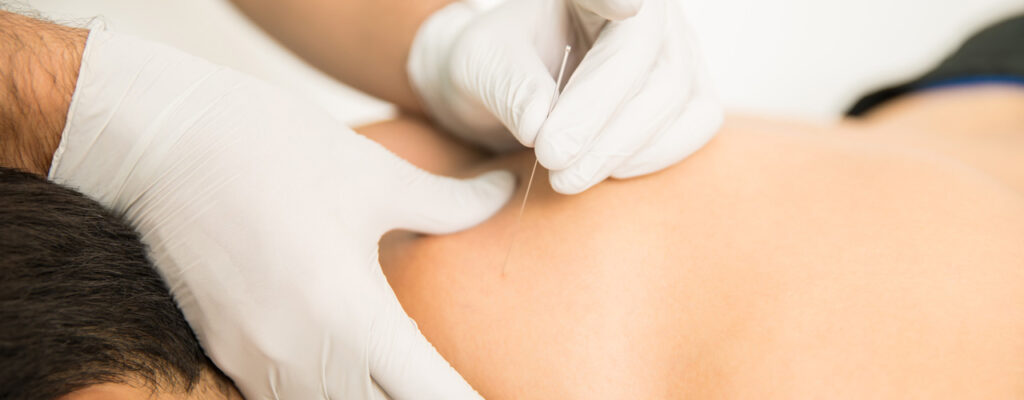
Traditional Acupuncture vs. Dry Needling: What’s the Difference?

